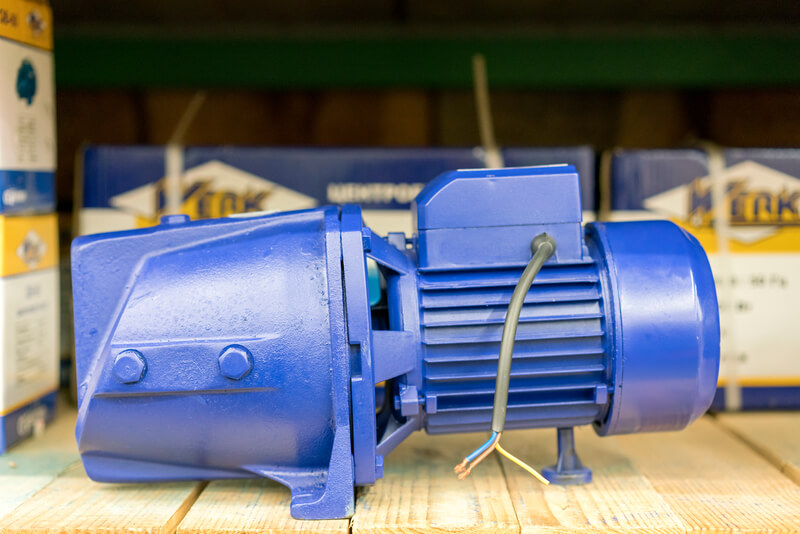
An ejector pump transports waste when your plumbing is located below your septic tank. For example, if your septic tank is at ground level and you have a basement bathroom, you will need an ejector pump to transport the sewage to your septic tank or sewage system.
How a Sewer Ejector Pump Works
A sewer ejector pump is made for residential applications. It can pump sewage up to 20 feet into a gravity sewer. The pump is installed near the bathroom or laundry room in your basement.
The pump connects to a gravity line, which connects to the gravity sewer or septic system. A sewage ejector pump is less constantly than a sewage ejector grinder pump.
How a Sewage Ejector Grinder Pump Works
A sewage ejector grinder pump works differently than a basic sewer ejector pump. It does more work. Instead of just transporting the sewage, it grinds up the debris you flush down your toilet. This helps to avoid clogs and keep your sewage system working effectively.
A sewage ejector grinder pump is really powerful. They used to only be used for commercial applications. They can now be used for residential usage as well.
A grinder pump is typically installed when the vertical lift from your basement to your sewage system is more than 20 feet. It is also used when the sewer is located far away from your home.
Who Needs an Ejector Pump?
You need a sewage ejector pump if you have a bathroom or laundry room in your basement. They work to remove wastewater from lower living spaces in your home.
If you are dealing with many clogs and bathroom messes, you may need to repair or replace your ejector pump.
The Difference Between an Ejector Pump and a Sump Pump
They may both have the word pump in their name, but an ejector pump and a sump pump are two very different tools.
- A sump pump removes water from your basement and other areas in your home that are below the water table line. They help protect your home from flooding and water damage.
- An ejector pump is used with a sewage system to help remove sewage from your home.
A sump pump removes flood water, and an ejector pump is used to transport sewage.
5 Signs Your Sewage Pump Needs to be Repaired
Your ejector pump helps remove sewage from your home, which is why it is important to ensure it is always working correctly. If your sewage ejector pump shows any of the signs below, you need to get it repaired and replaced.
- Dirty Water: If dirty water comes from your taps, your pump isn’t adequately removing wastewater from your system. Dirty water can be harmful, so if you see this warning sign, give us a call right away.
- Sewage Odor: If you notice a sewage odor in or around your home, that means your pump isn’t getting the sewage all the way to the main sewer line. Instead, it is collecting in the drain, leading to the odor. Get this fixed right away to avoid backup wastewater getting into your home.Slow
- Starting: Your pump should fire up quickly. If it is slow to start, it could be beginning to fail.
- Frequent Cycling: The pump should only cycle when it needs to pump wastewater into the sewage line. When it is done, it should turn off. If it cycles more often than that, it may be failing.
- Unusual Sounds: You should become pretty familiar with the sounds of your sewage ejector pump. If it suddenly starts to make new, unusually loud noises, get the pump inspected right away.
If you notice the five warning signs above that your pump isn’t functioning properly, call us at 815-600-9215, or use our service request form to arrange a service call.






